Mercedes-Benz Urges Canada To Adopt EU Regulations As Part Of Free Trade Agreement
Canada and the European Union’s newly inked free trade agreement will eliminate the 6.1 percent tariff on imported vehicles, but one big obstacle remains: the lack of harmonization between Canadian and European vehicle standards. According to a report by The Globe and Mail, Mercedes-Benz Canada’s President is calling for an end to the differing standards, which feature unique requirements and add costs to Canadian vehicles.
Speaking to a group of reporters, M-B Canada’s Tim Reuss said
“Are you really going to say that a car that has been deemed safe enough and environmentally okay for Europe is not environmentally okay and safe to be driven in Canada or vice versa?”
Reuss said that harmonized standards would allow for the sale of the A-Class and an AWD variant of the Sprinter, as well as new safety technologies like flashing brake lights that warn of a sudden stop. Canada’s own regulations are slightly different from the American FMVSS regulations, but are more similar to the United States than the UNECE standards.
Other auto makers would no doubt be glad to have a single set of regulations for Canada. A TTAC source claims that VW would be able to sell the Polo in Canada, which is sized and packaged right for Canadian market tastes, but the cost of homologating the car make it economically unviable for sale in Canada, given the volumes it would do.
By contrast, Australia, which has a similar sized market, accepts UNECE regulations, and has a notoriously crowded market full of brands and nameplates, while Mexico, another NAFTA country, accepts both sets of regulations, and has many European brands and nameplates that would be more suited for the Canadian market, but are currently not sold here.
More by Derek Kreindler



















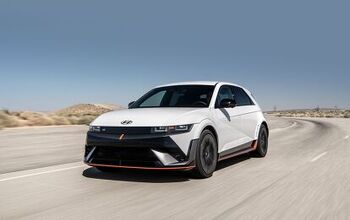

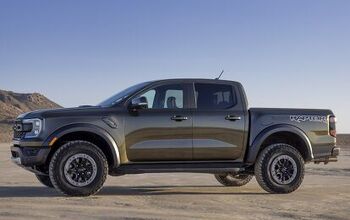
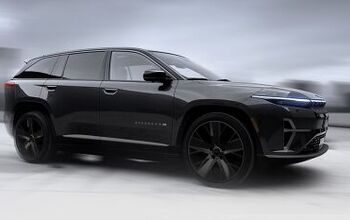
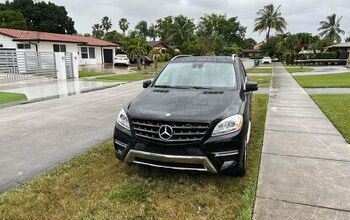
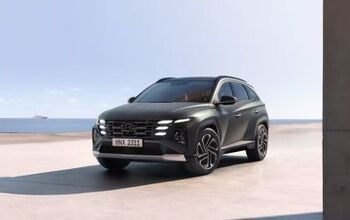
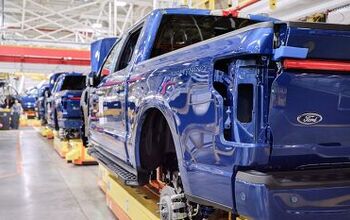
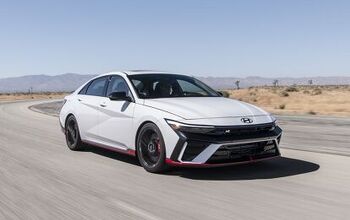
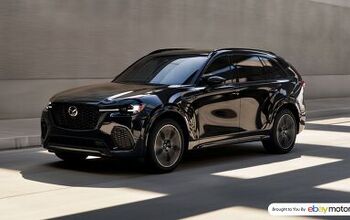


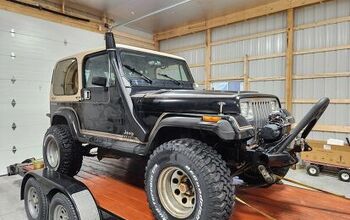
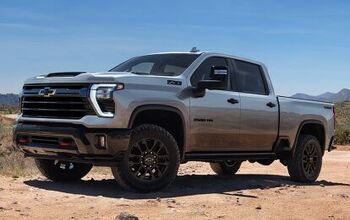
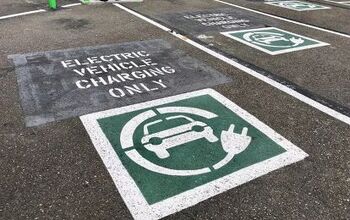
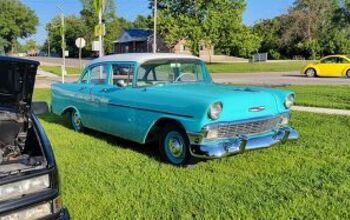
Comments
Join the conversation
@DiM The Canadians can move towards UNECE Vehicle Harmonisation much easier than the US. The reason is as I've always stated the US has created a tightly and interconnected network of all industries supporting it's current regulatory framework, from energy, biased emission controls, vehicle safety design etc. These are termed 'Technical Barriers'. These are harder to prove/disprove at the WTO. The only area the US can harmonise is in vehicle safety. I think you will see this as it is currently undergoing that change. We'll start with the energy situation. The US has heavily subsidised corn farmers (US farm subsidies are $800billion 2014) providing the base for ethanol. Ethanol can be produced for half the price per gallon if sugar cane was used. Brazil can supply ethanol for the US market at this price. The US has imposed a 56% tax on Brazilian ethanol. The US cites that this is to ensure it energy security. Now if you wanted to ensure the reliable supply of a resource, what would you do to manage this? You would try to reduce consumption. The US has reduced consumption but nowhere's as near as they could, ie, full size pickups/SUVs, etc. So how serious is this, or is it a trade barrier? On the other hand the Canadians can grow Canola quite easily to provide bio-diesel which is a cheaper option than converting corn into ethanol. Biased FE/Emission Controls. CAFE/EPA/Chicken Tax are all managed by US Federal Departments. Now how can what constitutes a truck be different between departments. This is what's occurring. A PT Cruiser is considered a truck by the EPA but similar vehicles don't attract the Chicken Tax. This discrepancy is used to 'up' CAFE mpg figures for the larger and heavier vehicles, ie, pickup trucks. Small vehicle mpg figures are rolled into pickup truck averages to increase the CAFE figures. The EPA has also made it harder for diesel to become an alternative, in order to support the US's agricultural subsidies and reduce UNECE diesel completion. Diesel according to the EPA site has harsher improvement standards for diesel. Just diesel vehicle improvement concerning mpg is twice as high as gasoline engines. CO2 limits for the US is lax in comparison to UNECE Euro standards. More CO2 equates to more fuel burnt. This also works against diesel. Vehicle Design Standards This is the one and only area that I can forsee that the US will harmonise. Current vehicle design isn't better or worse than ENCAP or any other full signatory within the GlobalNCAP countries. The Canadian Senario. Now, why would Canada stay with the current US model? The US is on it's own globally. Canada already accepts US regulated vehicles, but isn't bound by them. How secure are the Big 3 vehicle manufacturers in Canada. The Canadians have pumped billions into the Big 3, like we have in Australia. What happened in Australia? The Big 3 will go home when subsidies dry up. Ontario gave $8 billion to the US manufacturers in 2008. $4 billion went into GMs CAW pension fund and in 2014 that $4 billion has dried up. Now GM has to find the $800 million shortfall. Look at Australia and Europe. GM is scrounging for cash. Canada is on shaky ground. How can the Canadian operations make $800 million profit just to pay the CAW pensions and that's just GM? I think Canada will accept the UNECE regulations, up to and including Euro VI. As I've stated before the US system appears to be a massive spider web of barriers, different regulations than it's main competitors just to protect itself. If the Big 3 leave Canada, Canada will be better off. Other more profitable manufacturers will be able to offer the Canadians, higher quality and more varied products. For Canada to go the way of the UNECE regulations is a win-win for Canada. The only losers will be the Big 3 and of course the CAW/UAW. This doesn't even take into consideration the effects of the Chicken Tax.
@DiM UNECE signatories don't deny US vehicles into their markets. So your comment is of little relevance. Remember UNECE regs are used to facilitate trade, not hamper like the US regulatory model. Like I stated grey import my BT50 into the US and see how much it will cost you to get it certified to drive on your roads. Any, UNECE signatory can buy and drive a US vehicle on their roads. This is how flexible the UNECE model is. Essentially the Canadians will open their markets up to more product and more competition. This can only benefit the Canadian people. It appears the Big 3 want to harmonise standards. So this means any opposition to this would come from groups with a vested interest to see less competition. I wonder what group that would be? Unions?
Never happen, and the MB Canada "CEO" (lol) is an idiot. Mercedes Benz Canada sells roughly 3000 cars per month in Canada. The big 3 sell around 18,000 EACH - some of which are built here. MB build NOTHING here, neither does VAG or BMW. As IF we're going to change the whole system so they can sell 50 more overpriced and de-contented shit boxes here per month.
@MoDo - and you would rather continue paying 5-10k more for the exact same Big 3 shit-box sold in the USA? Opening up trade with the EU means that the USA based car companies would have to be more competitive in Canada. Once the AutoPact was replaced by NAFTA, old tariffs were reinstituted.(IIRC) an 8% duty was levied on any import not under NAFTA. It was ruled illegal by the WTO but politicians in Ontario with the help of USA auto companies pressured Ottawa to fight the ruling. We have allowed our industry to be puppets of the USA industry. Opening up trade to other countries will help cut those strings. Our rules are not copy and paste versions of the USA rules. Examples: We have mandatory daytime running lights. We do not have mandatory TPMS (tire pressure monitoring systems). If a car company can prove the EU standards they use are just as safe but maybe slightly different than what we use, why not accept those standards? I've seen plenty of examples where Canada has moved away from trade reliance on the USA, and it has been a major benefit. If you happen to be an Ontarian then you tend to be reliant on the big 3. That is a mistake since they dictate your ability to generate an income and indirectly your standard of living. BC sells more wood to Asia than the USA. We were not hit hard by the USA housing industry collapse. Ontario was hit hard by the auto industry collapse. Diversity is good.